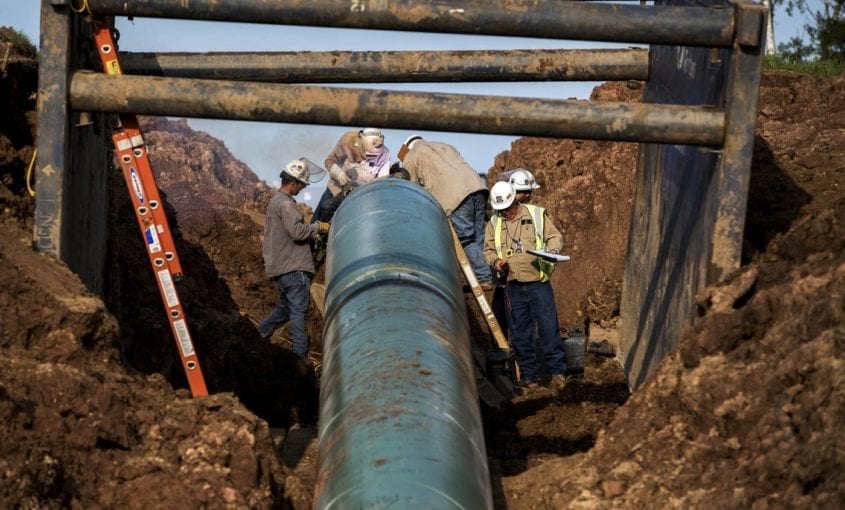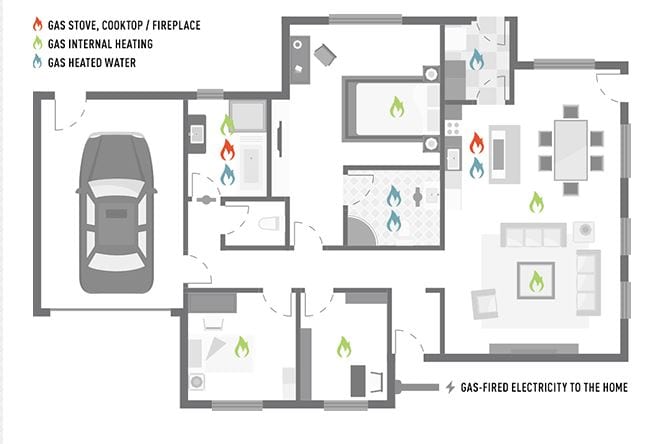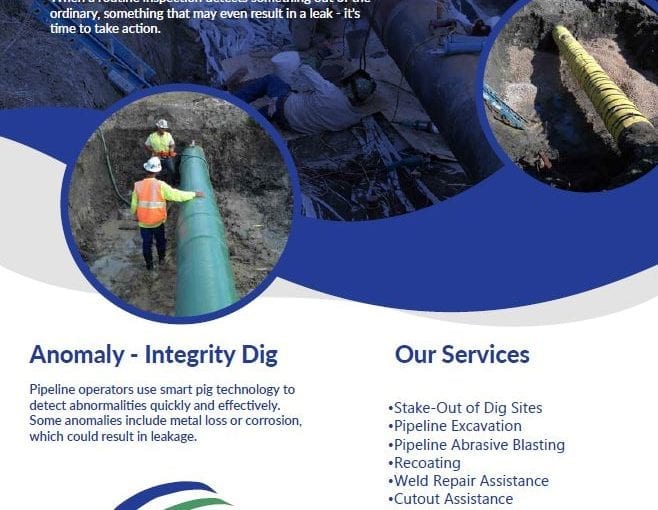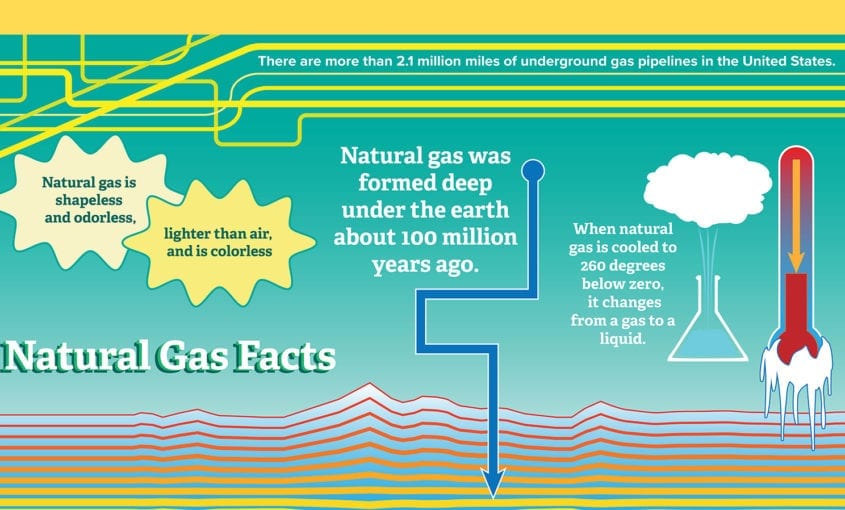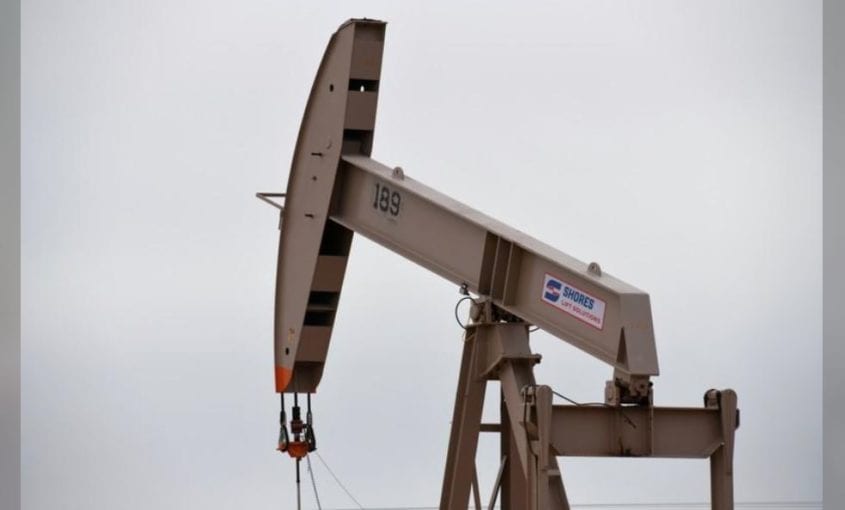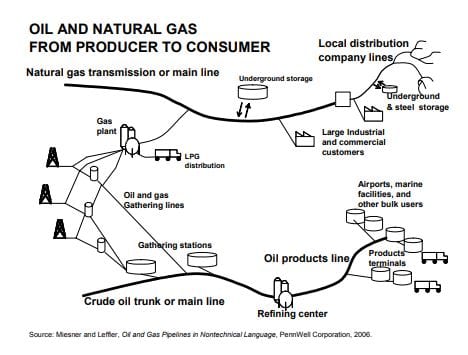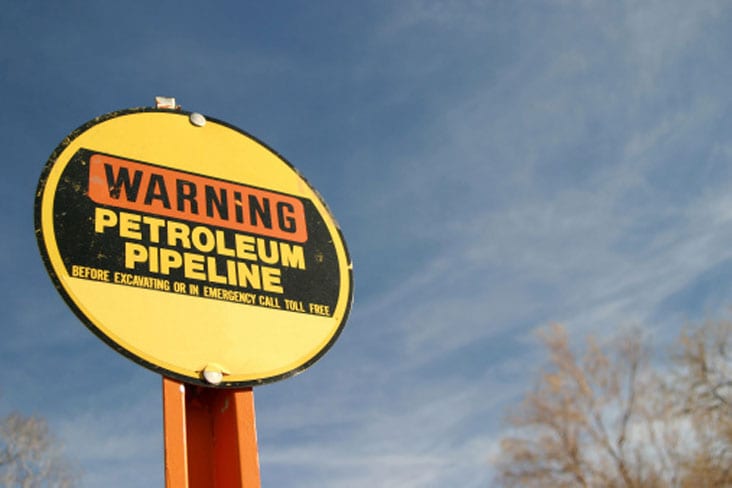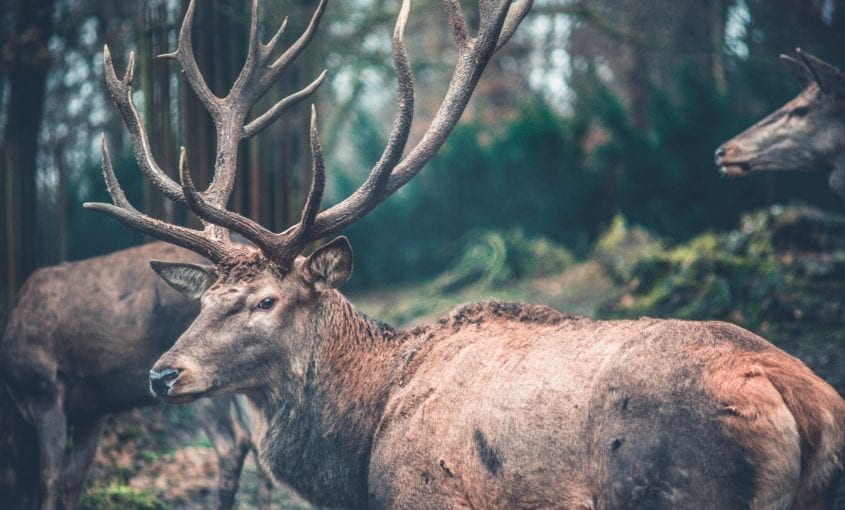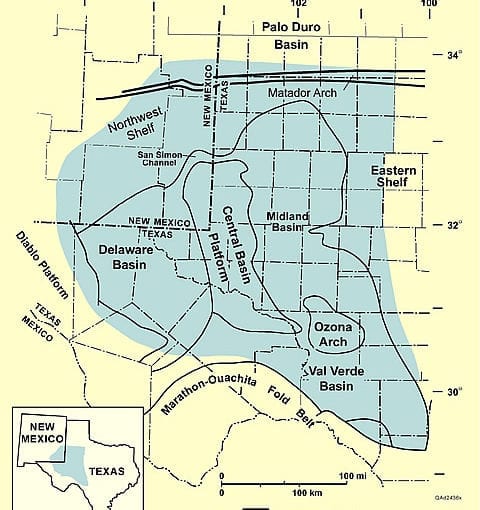How Are Pipelines Replaced?
Nearly 50% of the U.S. pipeline system is 40 years old or older. As recently as 2016, the federal Department of Transportation (DOT) estimated 30,000 miles of cast-iron pipe still carried gas in the United States, with the highest percentage of these mains located in older eastern cities such as New York City, Philadelphia, Boston,
Read More...

